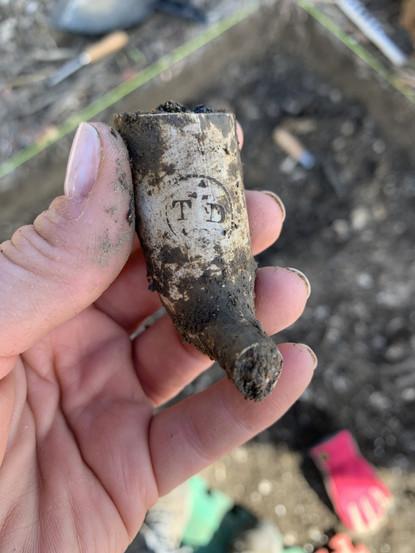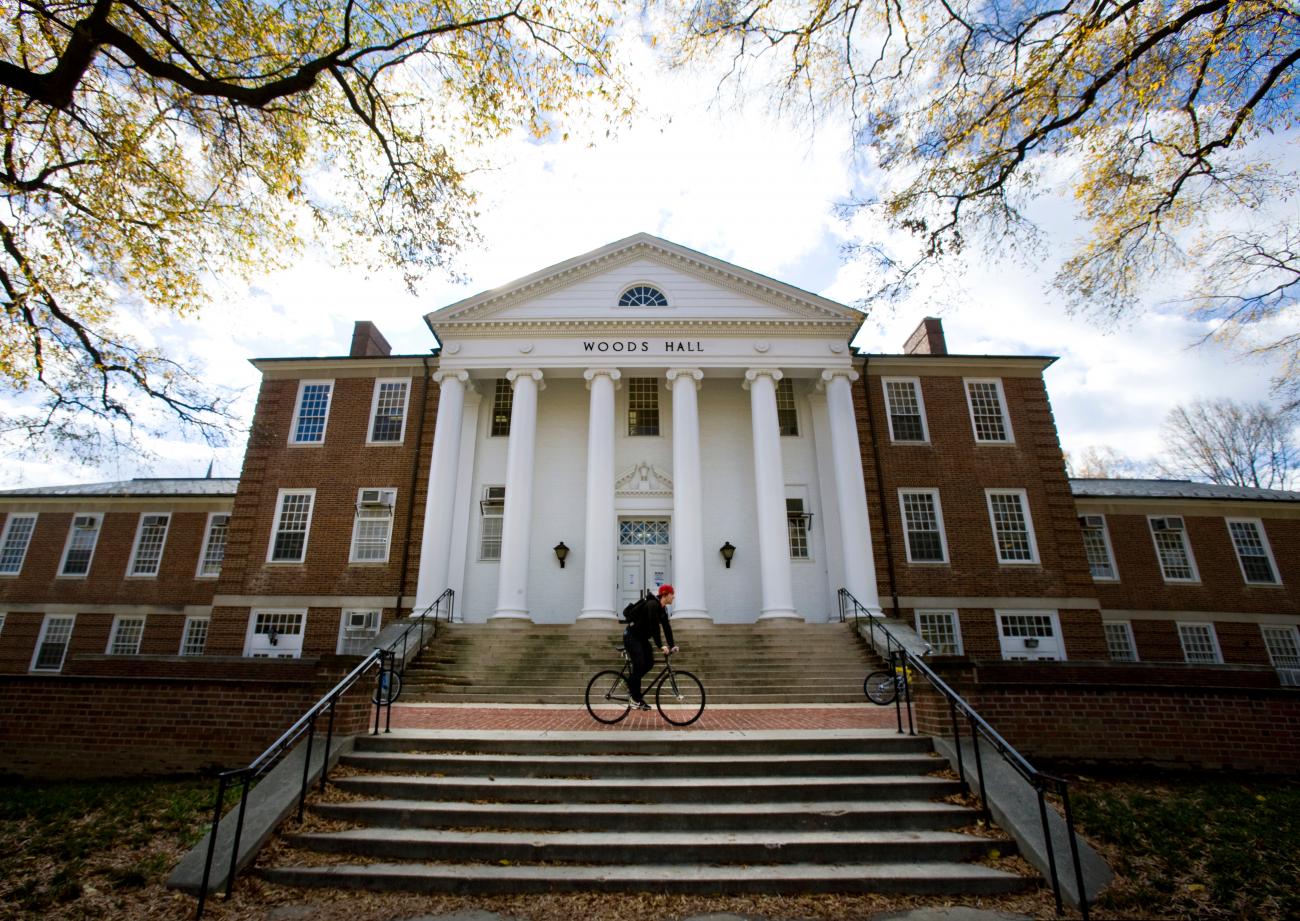Dr. Julie Schablitsky, Adjunct Assistant Professor, was featured in yesterday's Washington Post article, "Former Jesuit plantation may hold quarters of the enslaved."
Dr. Schablitsky, who is the chief of the Cultural Resources Division at the Maryland Department of Transportation, directed the archaeological project at Newtowne Manor, a Jesuit plantation located in St. Mary's County, Maryland. Archaeologist Dr. Julie King had previously discovered the remains of the quarter in 2015. The quarter, which is of a rectangular design resembling a palisade, also contains evidence of a door and a chimney base. Dr. Schablitsky and her team have discovered a refuse pit full of faunal remains as well as artifacts like ceramics and clay pipe stems.
The property at Newtowne was acquired by the Jesuits in 1668, and by the early 1800s, the Jesuits had bought or been given over 300 enslaved individuals. In 1838, when Georgetown University (run by the Jesuits) was in debt, 272 enslaved individuals (including 56 from Newtowne) were sold to buyers in Louisiana to pay off the debts. The sale broke up families and included enslaved older men, women, teenagers, toddlers, and infants.
“For the past four years, the focus has always been on the 1838 sale,” said the Rev. Dante Eubanks, of Leonardtown, who said he has done extensive research on the history.
“But the Jesuits had had sales beginning in the 1780s, then sales after the 1838 sale,” he said. “The misnomer was: ‘1838, that was it. There were no more slaves on the plantations.’ That is false. There were slaves on the plantations all the way up to the Emancipation.”
To learn more about this discovery, read here: https://www.washingtonpost.com/history/2020/11/09/enslaved-quarters-discovered-jesuit-plantation/



